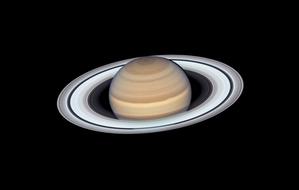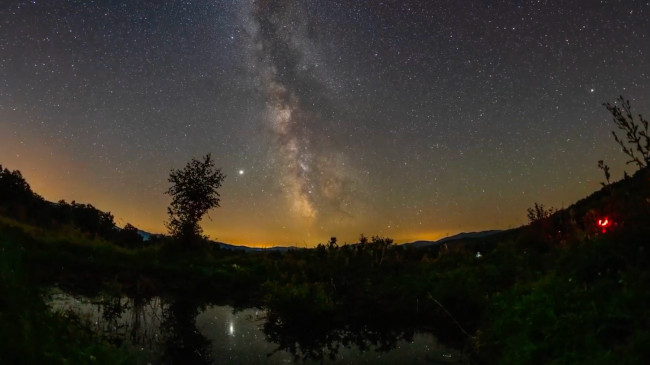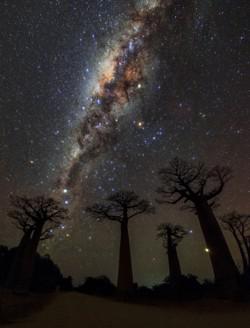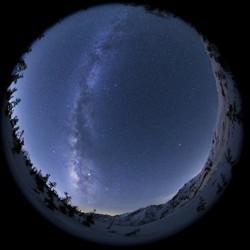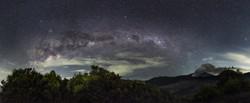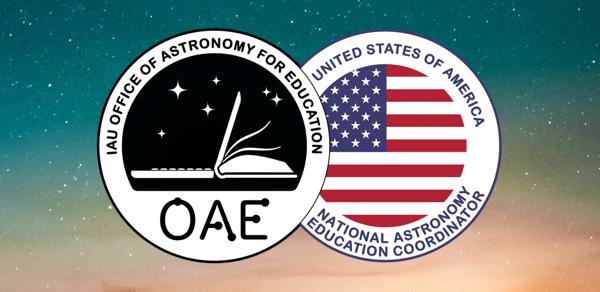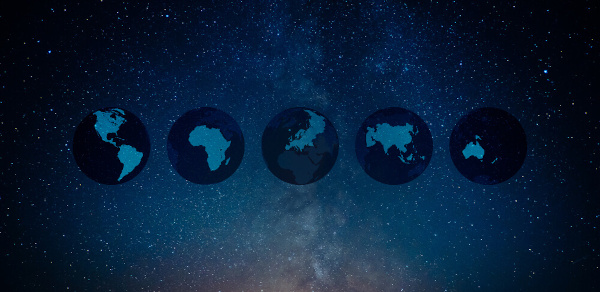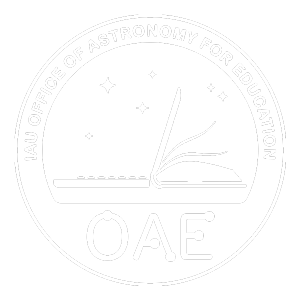Glossary term: 土星
Description: 土星是來自太陽的第六顆行星,也是體積和質量第二大的行星。它是一顆氣體巨行星,直徑為 120,000 公里,是地球半徑的 9.4 倍。土星的密度是太陽系行星中最低的,比地球上水的密度還低。它的質量是地球質量的 95 倍。
它與太陽的典型距離為 14 億千米,約為 9.5 個天文單位(地球與太陽的距離)。土星繞太陽運行一圈需要 29.4 年。天文學家已經探測到 140 多顆圍繞土星運行的衛星或天然衛星。在這些衛星中,土衛六是最大的衛星,也是太陽系中唯一擁有大量大氣層的衛星。
土星以羅馬農業之神的名字命名,被稱為太陽系的寶石。肉眼可以看到它是天空中一個無光澤的光點。儘管它距離地球超過十億公里,但用小型望遠鏡也能看到環繞它的美麗星環。
Related Terms:
See this term in other languages
Term and definition status: The original definition of this term in English have been approved by a research astronomer and a teacher The translation of this term and its definition is still awaiting approval
This is an automated transliteration of the simplified Chinese translation of this term
The OAE Multilingual Glossary is a project of the IAU Office of Astronomy for Education (OAE) in collaboration with the IAU Office of Astronomy Outreach (OAO). The terms and definitions were chosen, written and reviewed by a collective effort from the OAE, the OAE Centers and Nodes, the OAE National Astronomy Education Coordinators (NAECs) and other volunteers. You can find a full list of credits here. All glossary terms and their definitions are released under a Creative Commons CC BY-4.0 license and should be credited to "IAU OAE".
If you notice a factual or translation error in this glossary term or definition then please get in touch.
Related Media
土星
Credit: 美國國家航空航天局、歐空局、A. Simon(戈達德太空飛行中心)和 M.H. Wong(加州大學伯克利分校) credit link
License: CC-BY-4.0 Creative Commons 姓名標示 4.0 國際 (CC BY 4.0) icons
流動的夜空
Credit: Robert Barsa/IAU OAE
License: CC-BY-4.0 Creative Commons 姓名標示 4.0 國際 (CC BY 4.0) icons
猴麵包樹大道上空的銀河
Credit: Amirreza Kamkar/IAU OAU
License: CC-BY-4.0 Creative Commons 姓名標示 4.0 國際 (CC BY 4.0) icons
橫貫天頂的銀河
Credit: Ohnishi Kouji/IAU OAE
License: CC-BY-4.0 Creative Commons 姓名標示 4.0 國際 (CC BY 4.0) icons
赤道銀河
Credit: Giorgia Hofer/IAU OAE
License: CC-BY-4.0 Creative Commons 姓名標示 4.0 國際 (CC BY 4.0) icons
